
Summary
- High budgets in the gaming industry are largely driven by the salaries of the vast number of professionals involved over multiple years.
- Ubisoft, Rockstar, and Activision Blizzard rank among the companies with the largest teams in production, with each new title often being a collaboration between up to ten different studios.
- Games like Far Cry 6, Red Dead Redemption 2, Diablo 4, and Call of Duty: Black Ops 6 involved thousands of professionals.
It might seem shocking to some that the budgets for contemporary triple-A games can surpass $300 million, but considering the multitude of professionals required for their development, it’s hardly unexpected. These substantial budgets often cater to the salaries of the 2,000-3,000 individuals involved in the project over several years, such as designers, artists, modelers, animators, programmers, visual effects and artificial intelligence specialists, network engineers, producers, testers, marketing personnel, localization departments, and many more.
While not all individuals working on the project stay long-term, as the primary development team is typically quite compact. Over time, the total count of contributors can grow significantly. As a result, both budgets and personnel involved in video game production have escalated to potentially risky proportions in recent times. This is why many experts and analysts claim that contemporary triple-A game development has become excessively large and may not be sustainable in the future.
Let’s review some triple-A games released lately that have had the most contributors according to developer credits on MobyGames. Remember, it can be challenging to provide precise numbers due to factors like unacknowledged contractors, joint projects between studios, and differing credit guidelines. Therefore, these comparisons based on public credit data might not be 100% accurate. Also, not every individual credited for a game is necessarily a “developer”, but rather someone who contributed to the game’s development at different stages.
Only one game per major gaming franchise (such as Call of Duty or Assassin’s Creed) will be listed.
10. Grand Theft Auto 5
Estimated Total Contributors: 4,700-5,700


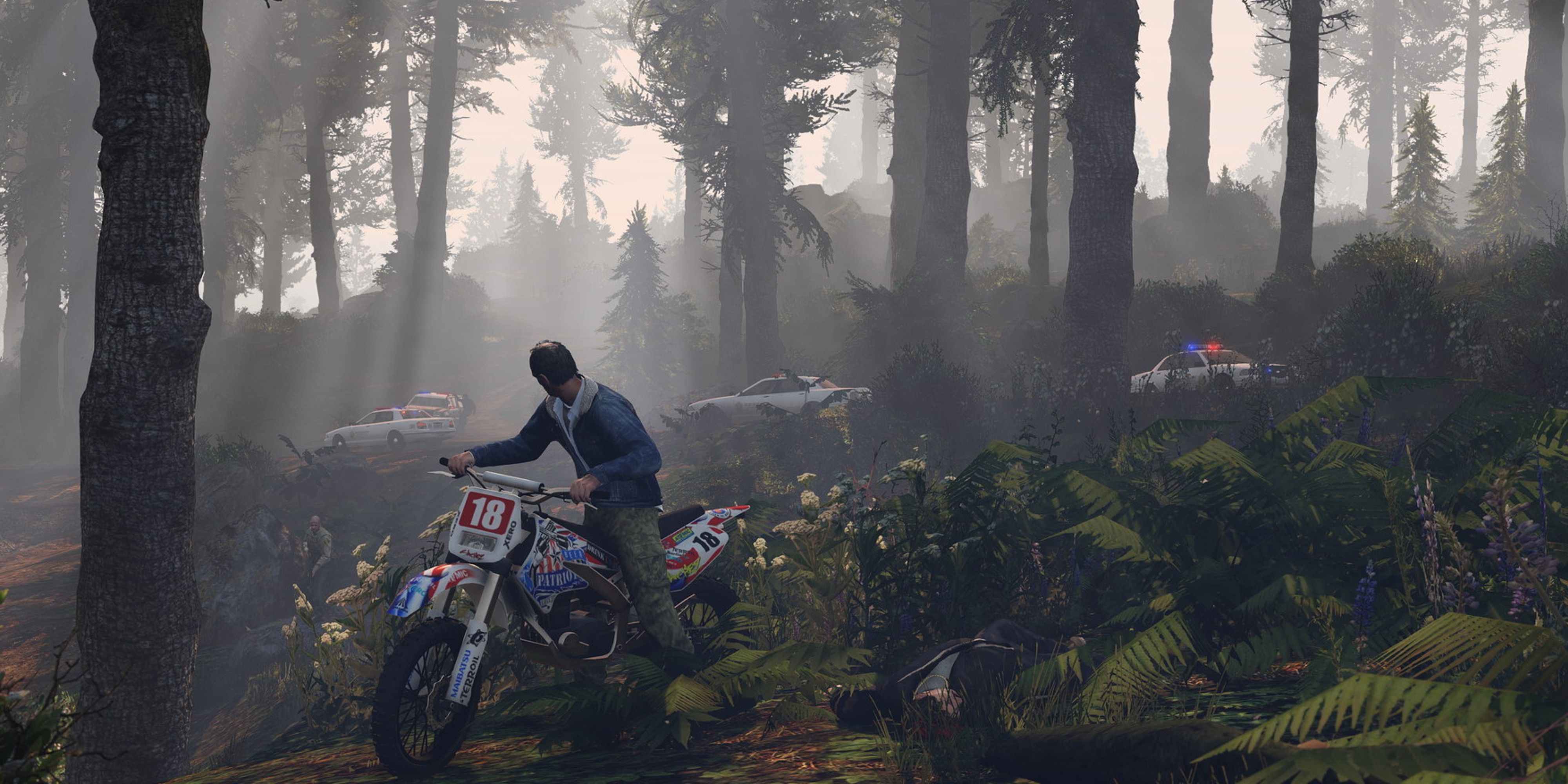

Currently, Rockstar Games oversees numerous subsidiary studios globally, employing over 6,000 people collectively in these studios, including Rockstar North, San Diego, India, and others. Prior to the release of Red Dead Redemption 2, Grand Theft Auto 5 held one of the biggest developer teams in the gaming industry. This number expanded further with ongoing support for GTA Online, which has been consistently updated with fresh content for approximately 12 years.
When Grand Theft Auto 5 was unveiled, it was a collaborative effort involving more than 1,000 members from Rockstar North’s main team, bolstered by extra personnel from various international studios under the Rockstar Games umbrella. By 2013, the game’s credits showed over 4,700 professional roles filled. The project took off soon after Grand Theft Auto 4’s release and continued for close to five years. This substantial investment paid off handsomely, as the game broke countless industry records in sales, earning $1 billion within its first three days on the market.
9. Skull and Bones
Estimated Total Contributors: 5,900-6,500




Skull and Bones is the initial Ubisoft game on this list, yet additional ones will be forthcoming. Ubisoft has earned acclaim for crafting expansive open-world games, with maps requiring hundreds of hours to fully discover. The company’s approach to game development, which includes massive budgets and staff, has both supporters and critics. Nevertheless, everyone acknowledges that Ubisoft’s games rank among the most expensive in the industry from a financial and personnel standpoint. Ubisoft manages over 40 subsidiary studios with more than 18,000 employees, utilizing a modular approach to game development, where different studios work on unique parts of a game’s map.
The development of “Skull & Bones” by Ubisoft has been the most challenging yet, marking the first game undertaken by Ubisoft Singapore. This project was moved around frequently, and it initially drew inspiration from the naval combat in “Assassin’s Creed 4: Black Flag.” Originally conceived as a potential expansion for “Black Flag” in 2013, it evolved into a full-blown MMO spinoff tentatively named “Black Flag Infinite“. However, it later became an independent project due to its initial technology becoming obsolete. The game went through multiple changes in direction and was reportedly rebooted several times, surpassing its budget on numerous occasions. Many doubted whether the game would ever be released. Nevertheless, Ubisoft stood by the troubled project and continues to provide support. Major updates, including the long-awaited ground combat, are planned for “Skull & Bones” a year after its debut.
8. Watch Dogs: Legion
Estimated Total Contributors: 6,200-6,500



Legion, which is a significant production by Ubisoft similar to Grand Theft Auto, encountered issues that caused the company to temporarily halt its development. This game is distinguished for its unique “play as anyone” feature and an expansive, futuristic depiction of London. However, during the creation process, Watch Dogs: Legion faced numerous hurdles due to the innovative concept being more complex than initially expected, leading to multiple internal postponements of its release date.
The main creation of “Watch Dogs: Legion” was spearheaded by Ubisoft Toronto, however, much like other open-world ventures under Ubisoft, multiple studios contributed to its development. These included Ubisoft Montreal, Paris, Bucharest, Kyiv, and Reflections, among others. This teamwork made “Watch Dogs: Legion” one of Ubisoft’s most substantial projects in recent times.
7. Avatar: Frontiers of Pandora
Estimated Total Contributors: 6,300
![]()
![]()
![]()
![]()
The creation of Massive Entertainment’s interpretation of the universe depicted in James Cameron’s hit film Avatar demanded considerable work, but unfortunately, its financial success didn’t match that of the movie. A joint venture between Massive Entertainment, Lightstorm Entertainment, Disney, and Ubisoft’s sister studios, Avatar: Frontiers of Pandora, offered a technologically advanced and immersive first-person exploration of the alien world of Pandora. Despite common criticisms leveled against Ubisoft games for repetitive missions and activities, this project was praised for its impressive portrayal of Pandora’s alien environment.
Frontiers of Pandora justifiably secures a spot as one of Ubisoft’s most daring ventures. It stands out due to its expansive scope, significant resources allocated, and the large pool of experts contributing to its development, placing it among their biggest undertakings so far.
6. Star Wars Outlaws
Estimated Total Contributors: 6,500

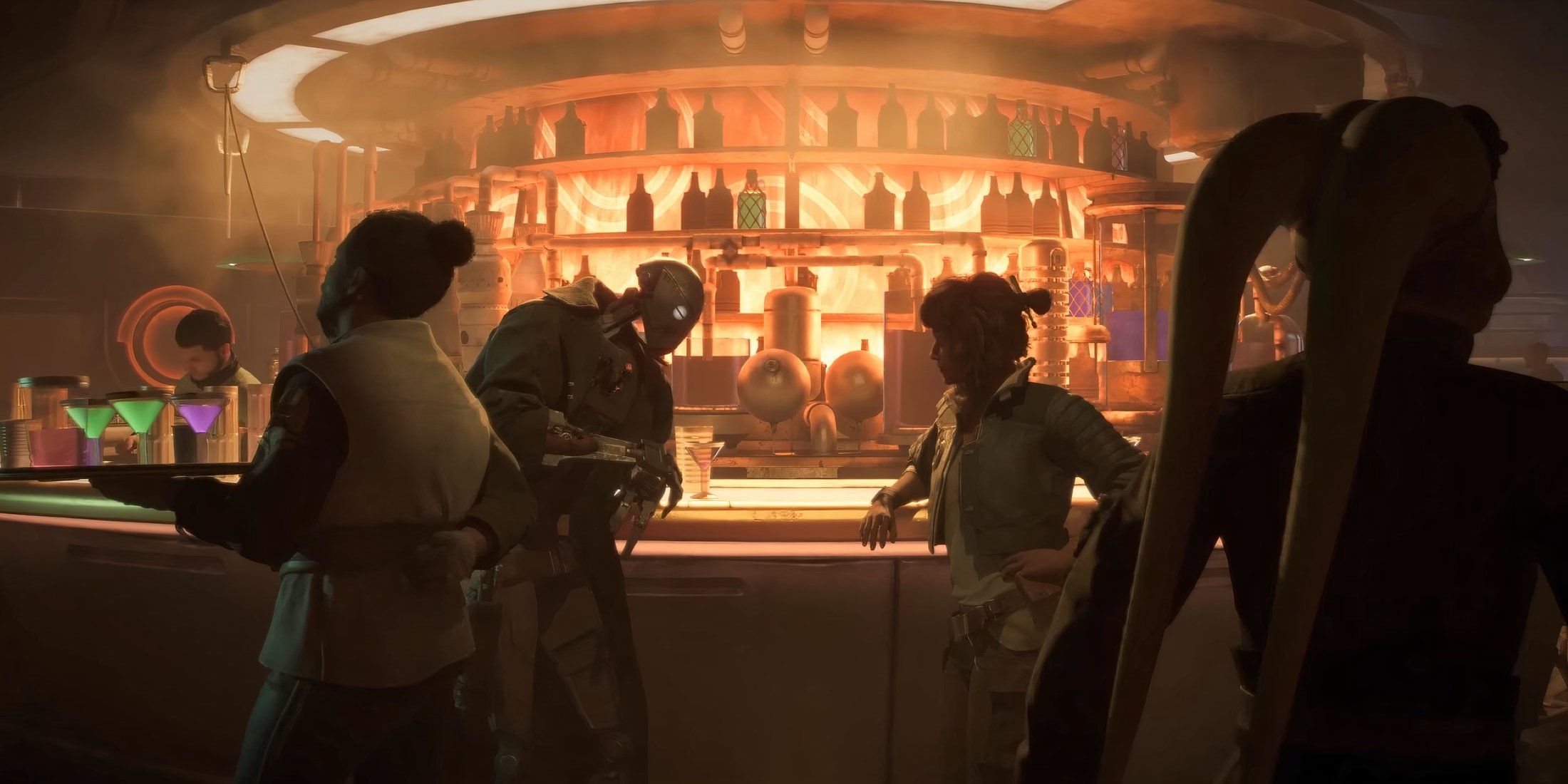
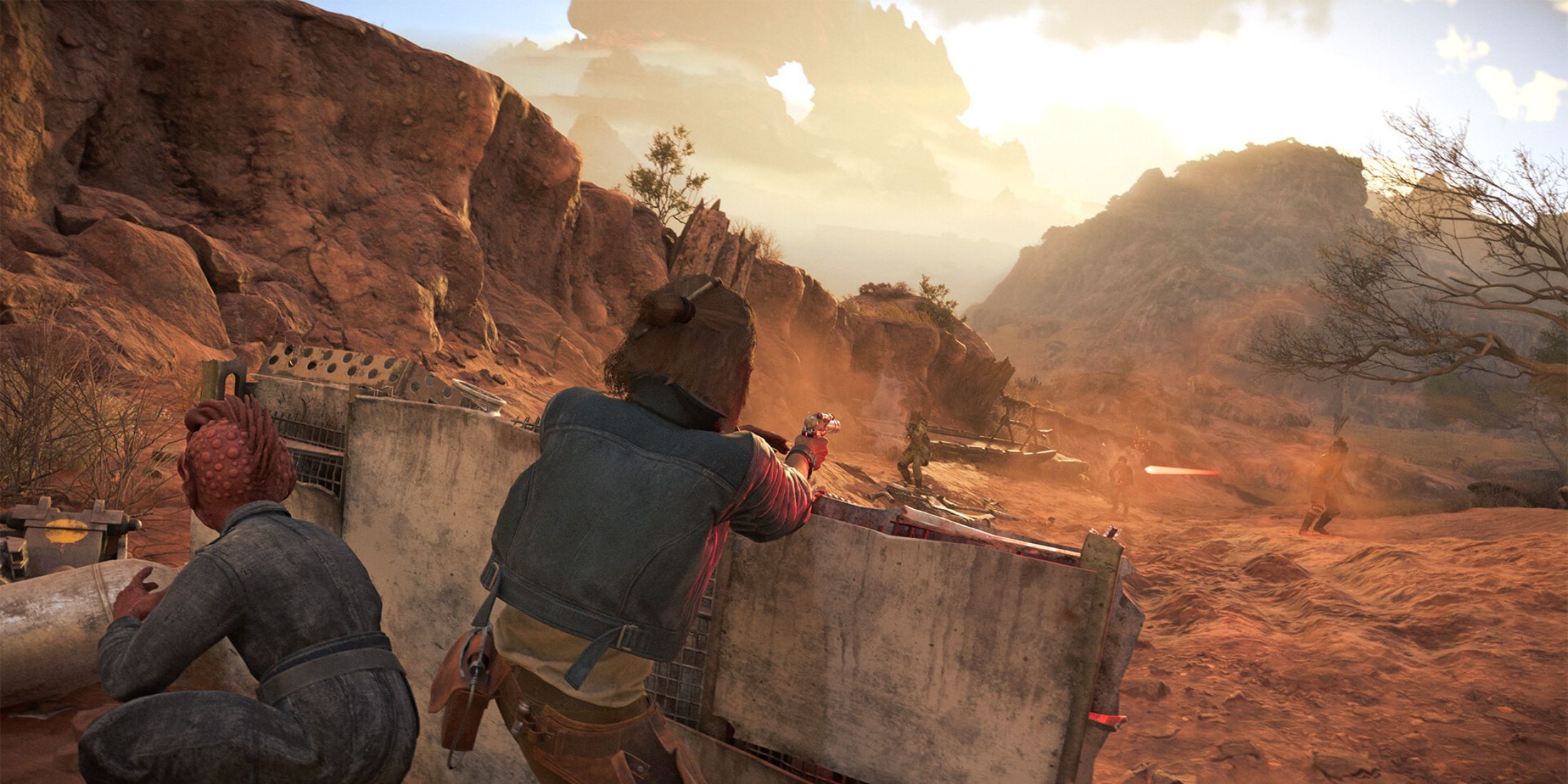
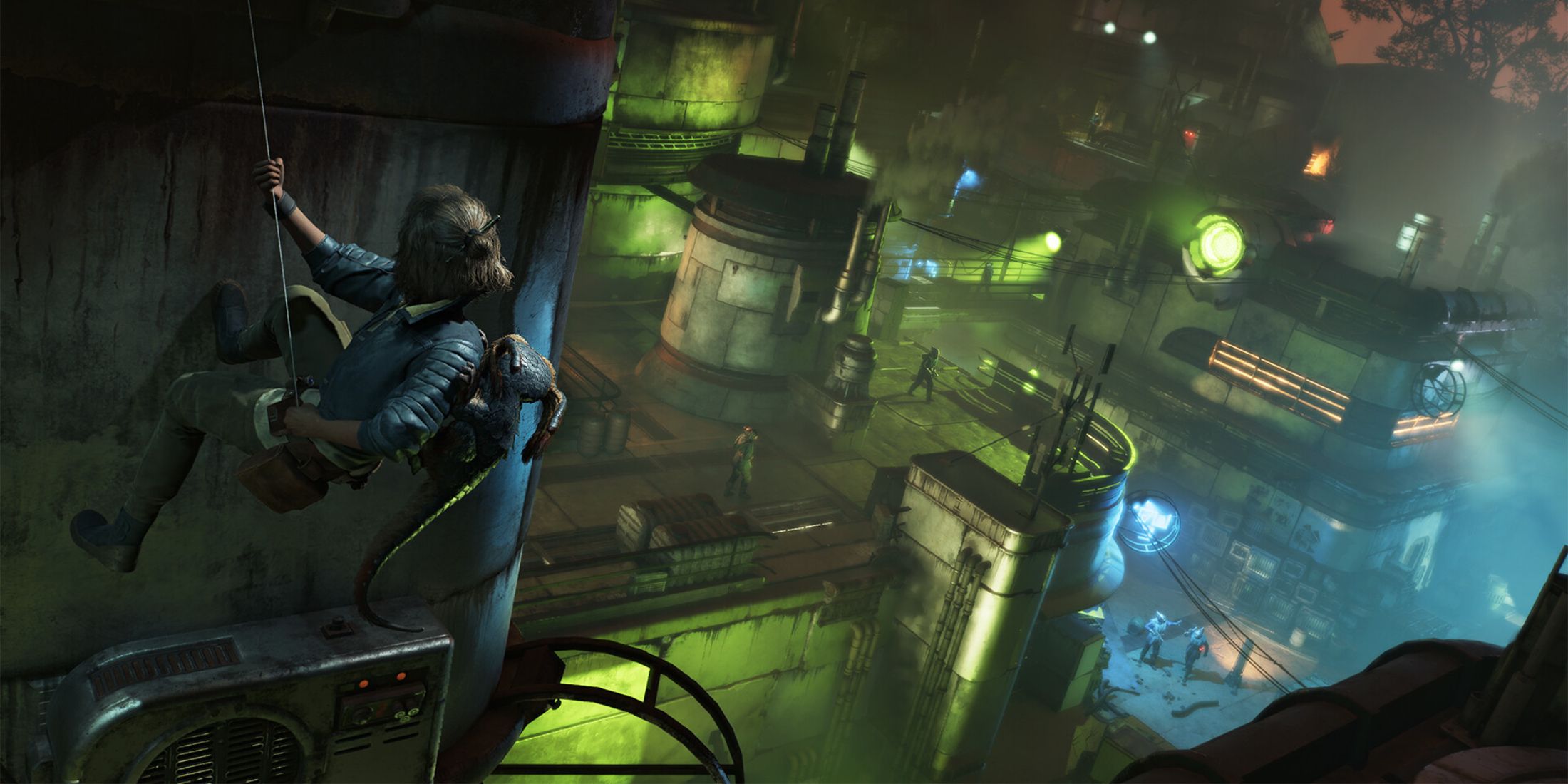
Frontiers of Pandora, which didn’t achieve the same level of success as the films, Star Wars Outlaws — marketed as the “first authentic open-world Star Wars game” and the first Star Wars project developed independently from Electronic Arts since Disney’s 2013 agreement — failed to meet high expectations, with sales that were underwhelming for a project of its scale and the prestige of the Star Wars brand.
The main team at Massive Entertainment (comprising approximately 750 developers) was assisted by Lucasfilm Games and a further ten studios from Ubisoft, each playing a part in the extended development of “Star Wars Outlaws”. Notably, this game features meticulously designed environments as opposed to the procedurally generated landscapes seen in games like “Starfield” or “No Man’s Sky”.
5. Assassin’s Creed Shadows
Estimated Total Contributors: 6,400-7,000
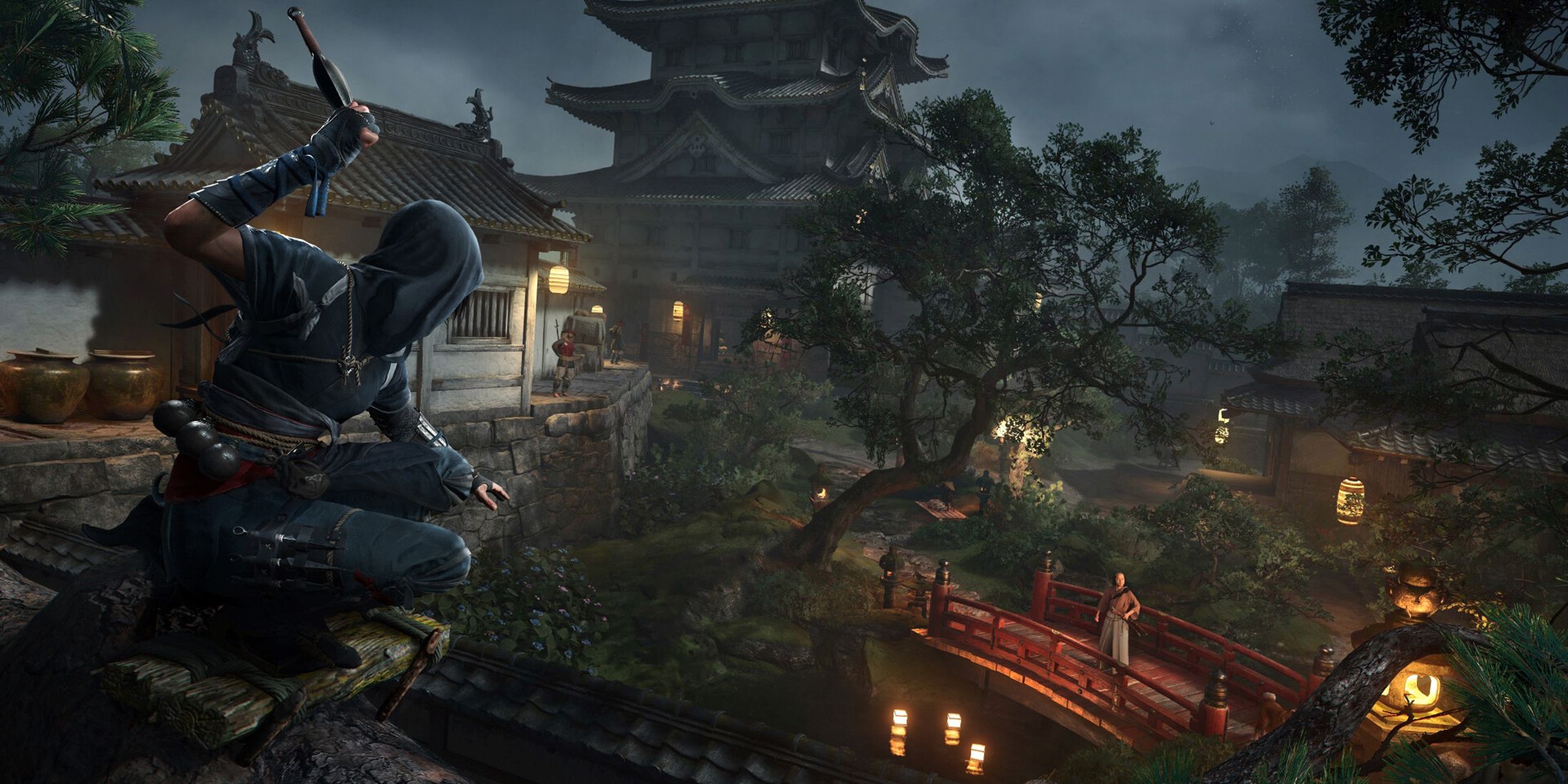
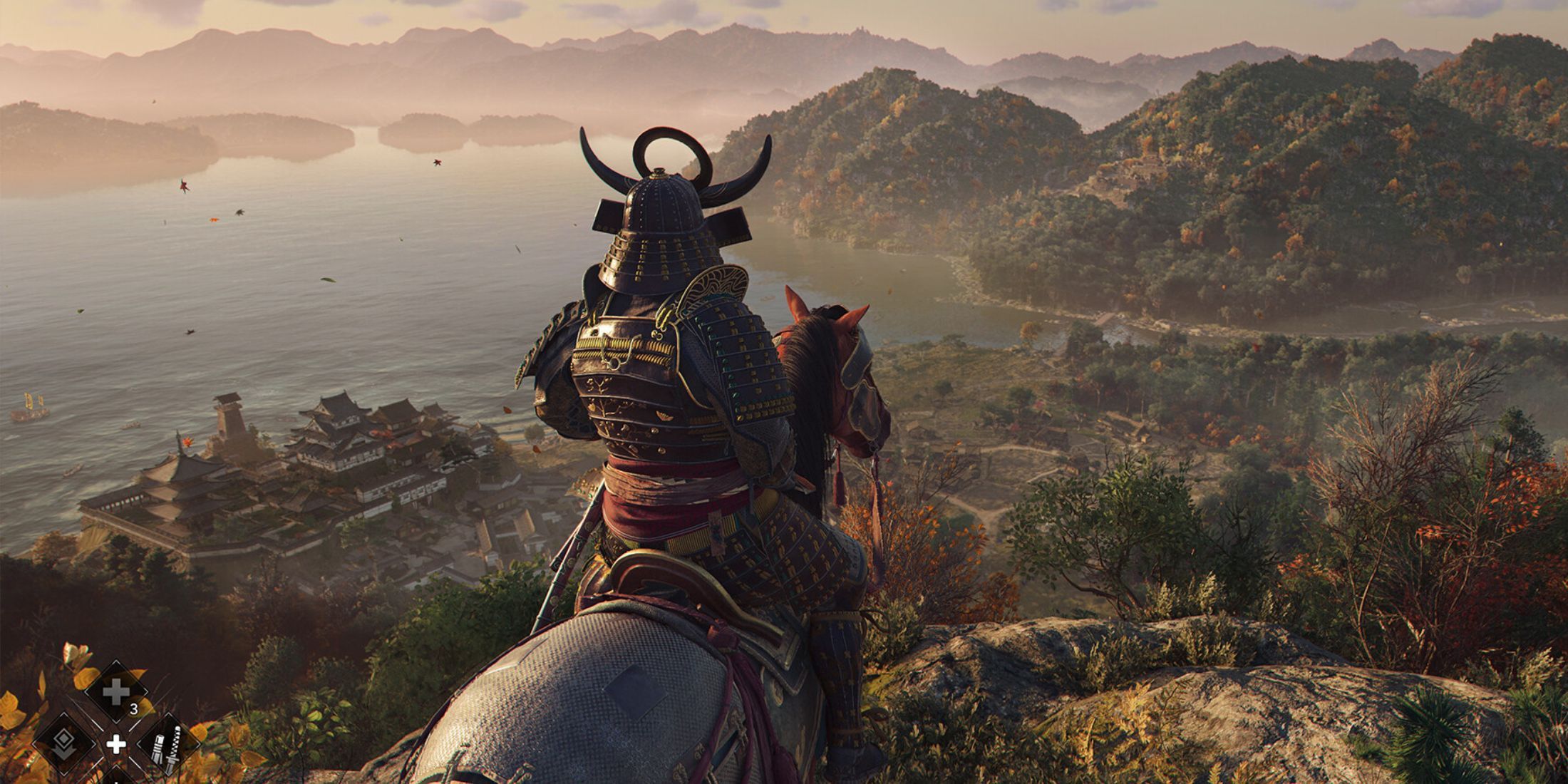

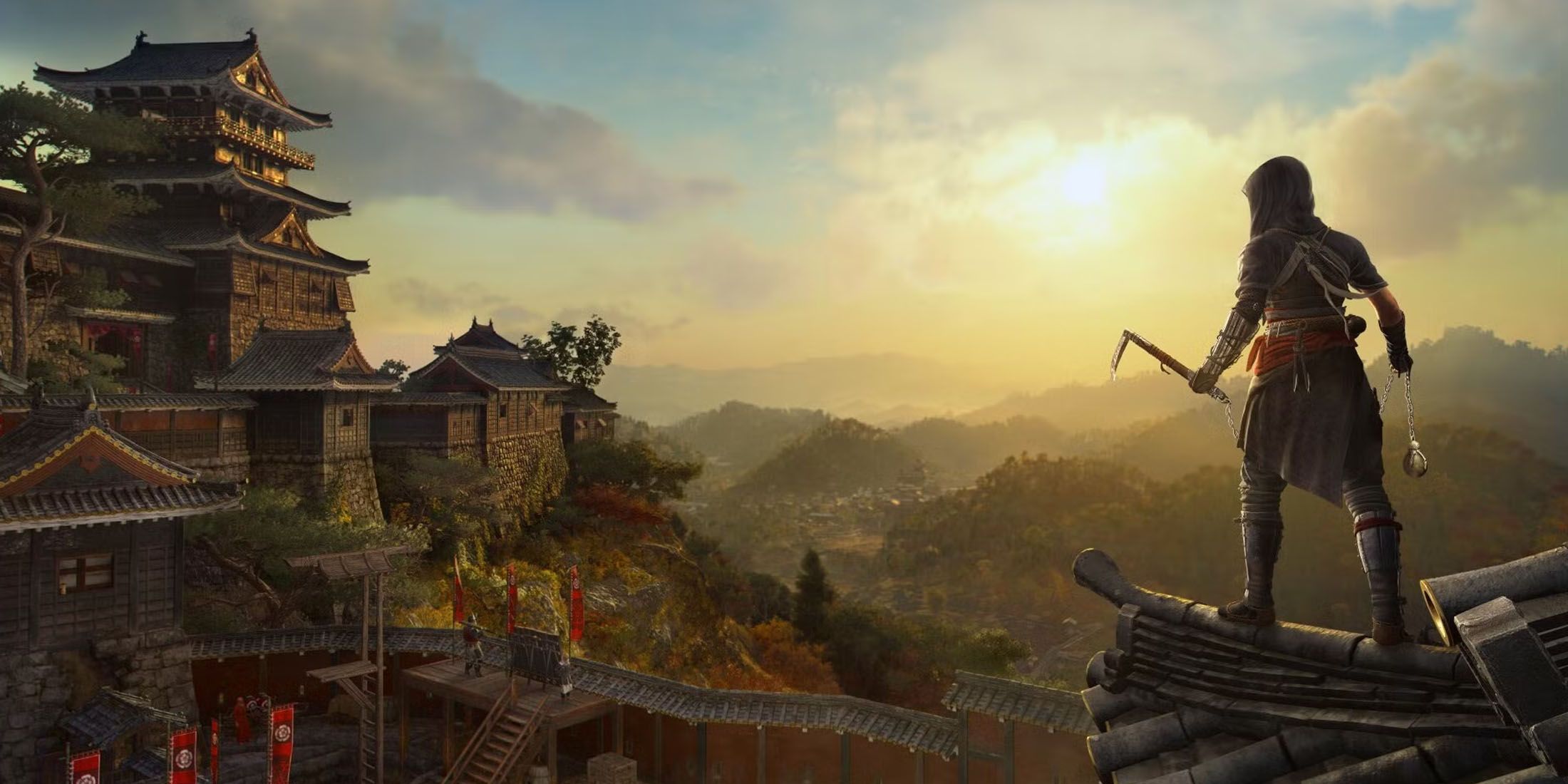
For quite some time now, the Assassin’s Creed series has been the crown jewel of Ubisoft’s portfolio, with a staggering total sales figure exceeding 200 million units. Consequently, it’s not unexpected that each fresh installment requires larger teams, hefty budgets, and extended development cycles to meet fan expectations. As an illustration, Assassin’s Creed Origins and Odyssey each acknowledge approximately 4,500 professionals behind the scenes, while Assassin’s Creed Valhalla was spearheaded by Ubisoft Montreal over a three-year span, with assistance from 14 other Ubisoft studios globally, resulting in a collective 5,700 credited roles.
In the case of “Assassin’s Creed Shadows”, Ubisoft went all out, setting a high budget and postponing its launch from the original November date to ensure a smoother experience. The end credits for “Shadows”, spanning two hours, acknowledge the work of 6,400 professionals, comprising Ubisoft Quebec’s main team of 600 and various other studios, who dedicated over four years to this project.
4. Far Cry 6
Estimated Total Contributors: 6,800-7,000

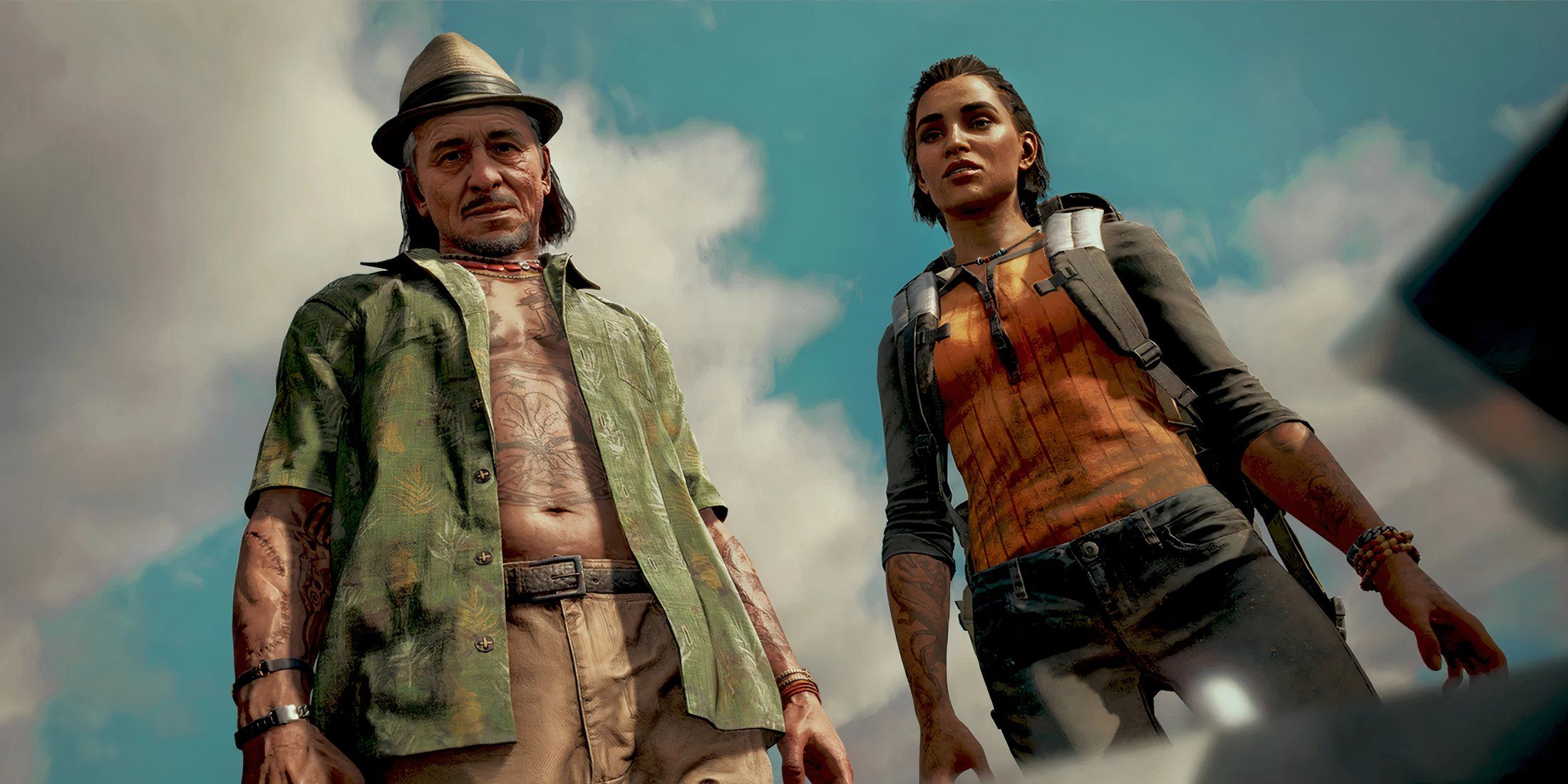
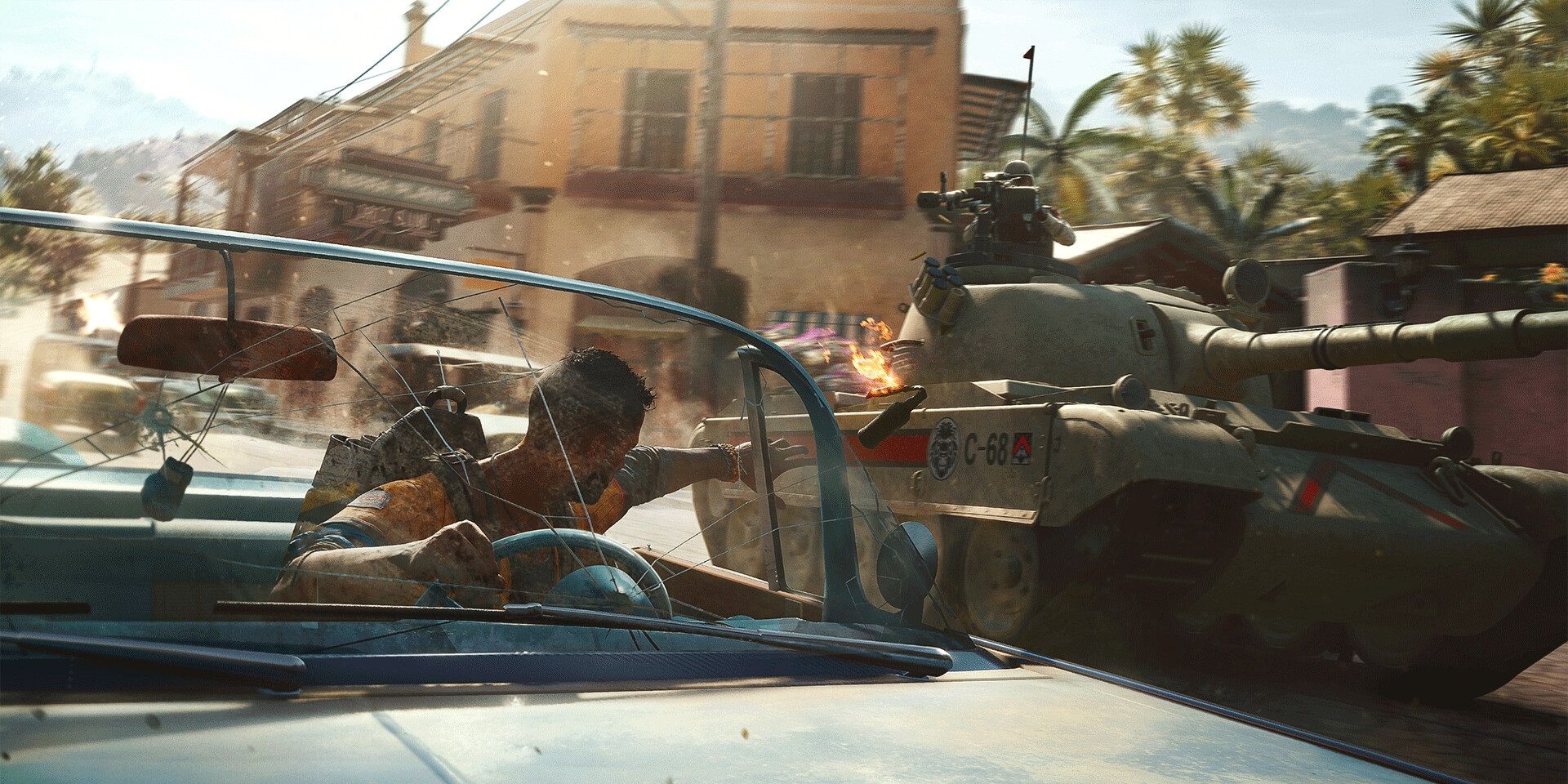
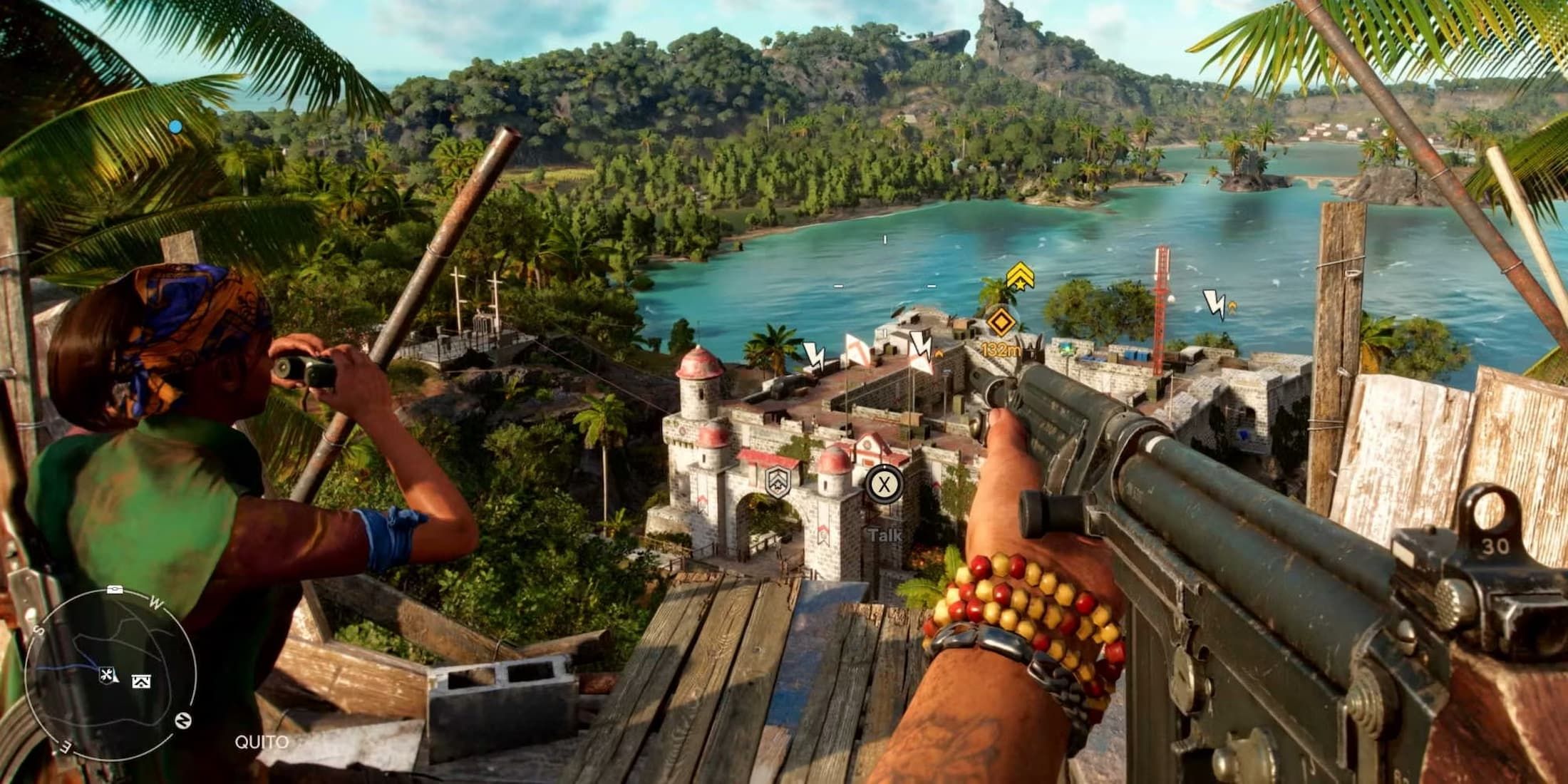
Apart from Assassin’s Creed, Far Cry series is another pillar of Ubisoft’s open-world games, with each new installment reaching best-seller status and growing in scale, game world size, budget, and team size. For instance, Far Cry 6 was larger in scope compared to Far Cry 5, which employed roughly 4,700 professional roles. Yet, despite its higher production cost, the latest addition to the franchise didn’t quite surpass the success of its predecessor.
In the creation of Far Cry 6, one of Ubisoft’s most significant projects thus far, a total of ten Ubisoft studios joined forces, adhering to Ubisoft’s customary modular development strategy. The participating studios encompass Ubisoft Montreal, Ubisoft Kyiv, Ubisoft Berlin, Ubisoft Shanghai, Ubisoft Philippines, Ubisoft Bucharest, Ubisoft Pune, Ubisoft Odessa, Ubisoft Winnipeg, Ubisoft Montpellier, and Ubisoft Québec.
3. Red Dead Redemption 2
Estimated Total Contributors: 4,200-7,300

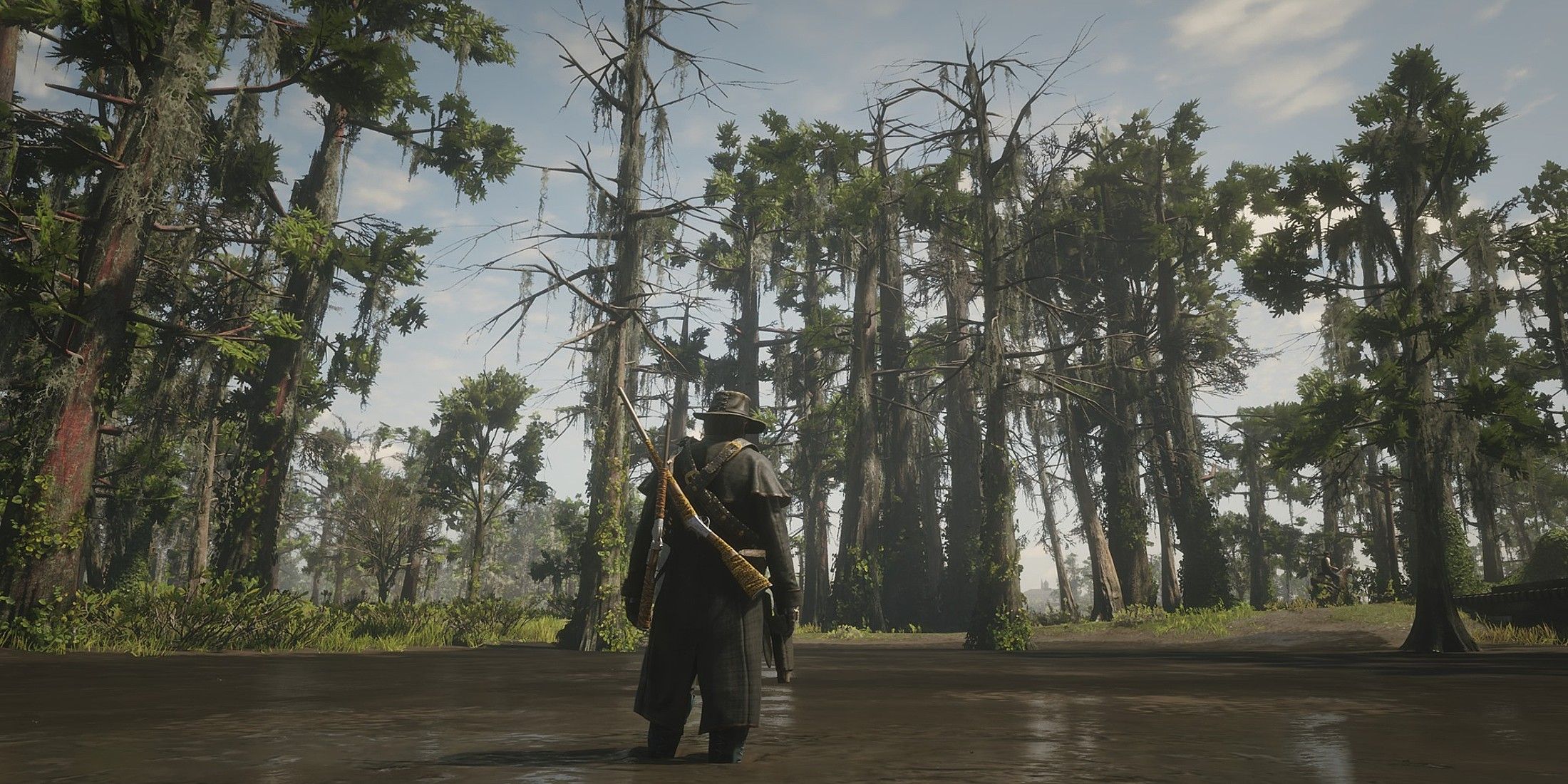
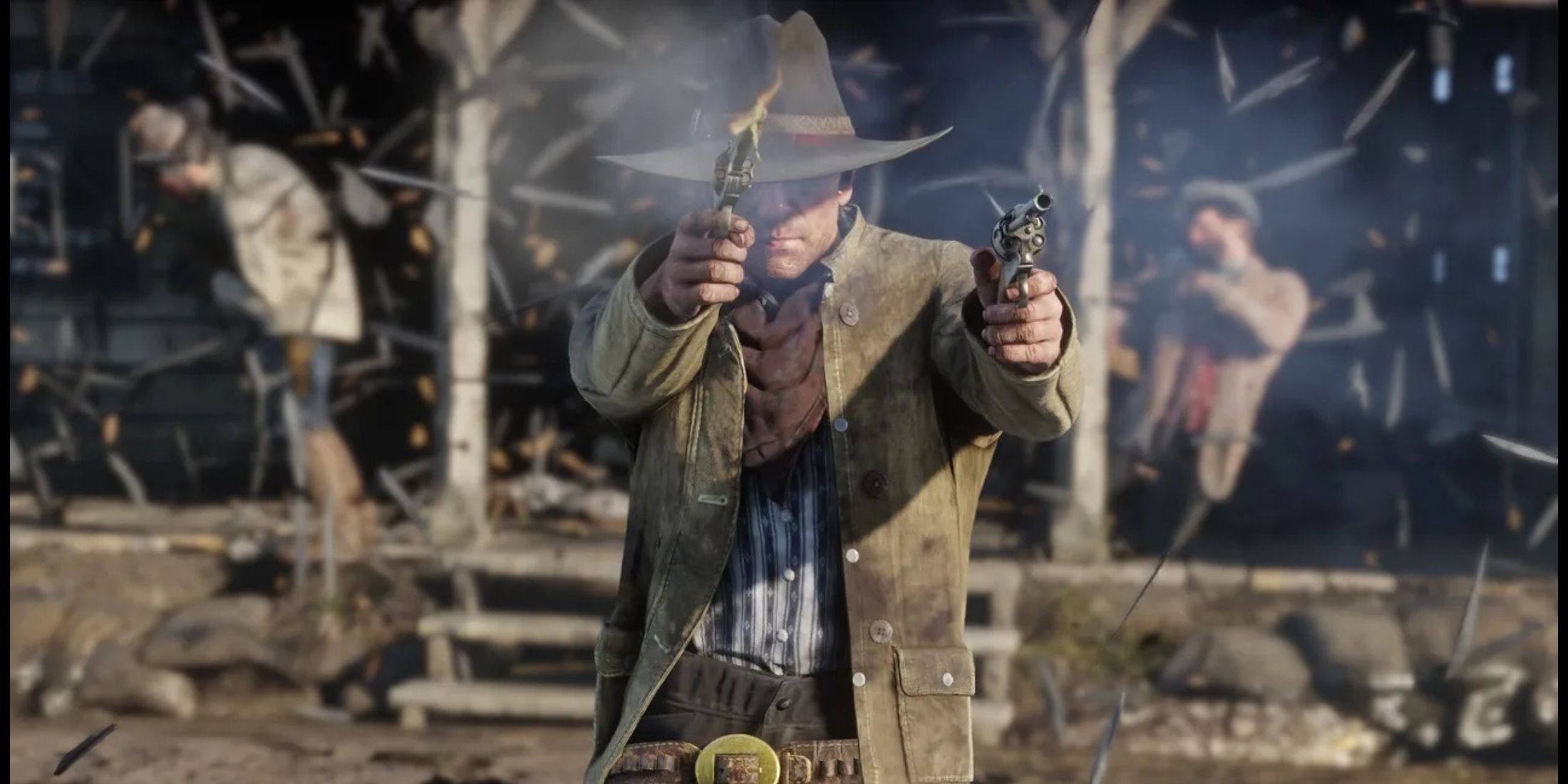

The game “Red Dead Redemption 2” is still among the costliest video games ever produced, a position it’s likely to maintain until the launch of “GTA 6”. Given its grand scale, the number of developers working on it is indeed remarkable. It appears that early development for this game started not long after the release of the original “Red Dead Redemption”, with the main phase of development lasting approximately five years.
When it became apparent that separate studios might not be ideal for the scale of the RDR 2 project, Rockstar Games consolidated all its individual studios into a single, massive team, known simply as Rockstar Games. This facilitated collaboration among the 1,600 core team members who worked on this endeavor. In the end, numerous professionals, including voice actors, localization experts, and other specialists, contributed to the game, making it a truly collaborative effort by thousands.
2. Diablo 4
Estimated Total Contributors: 4,600-8,700
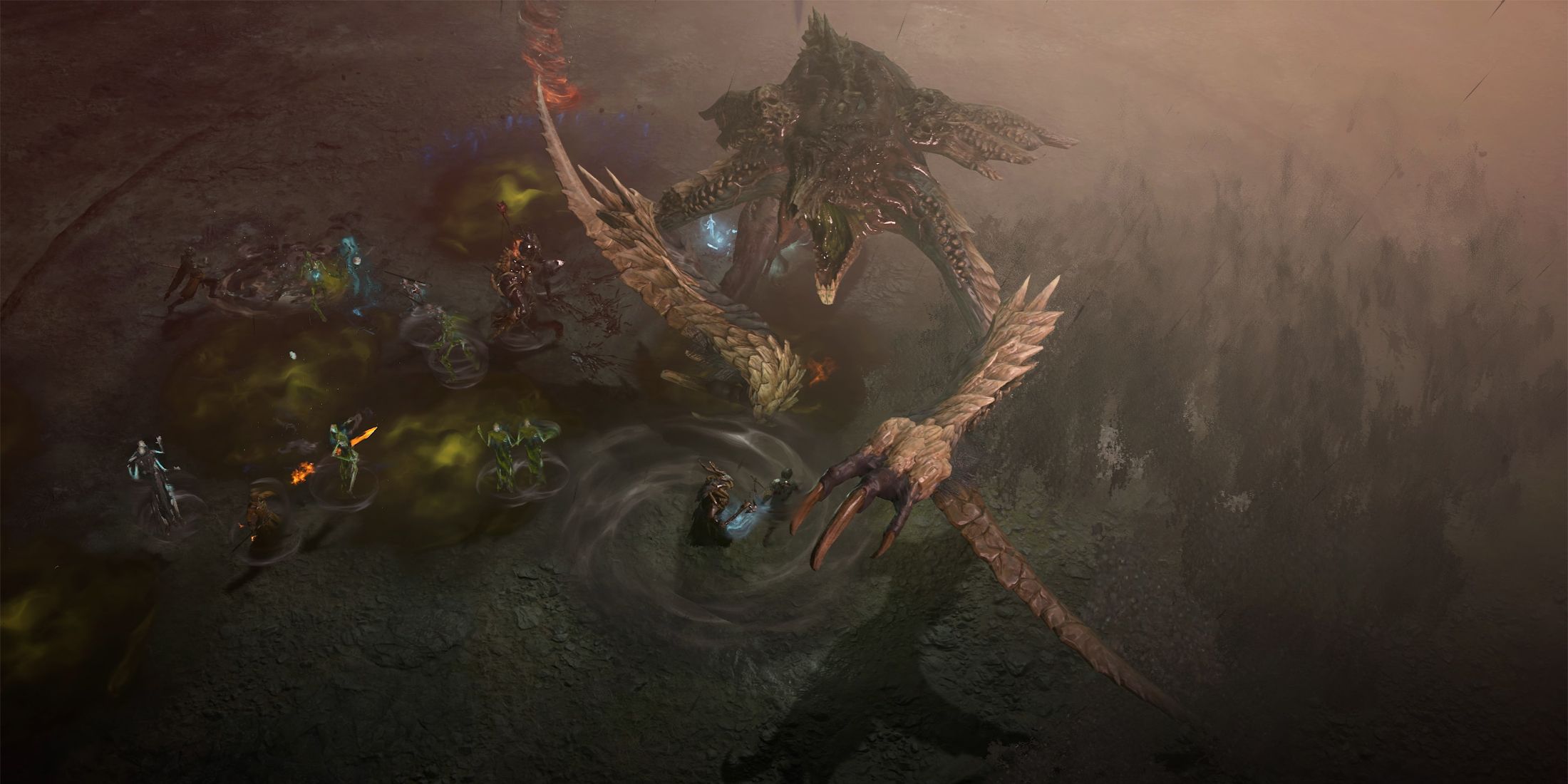
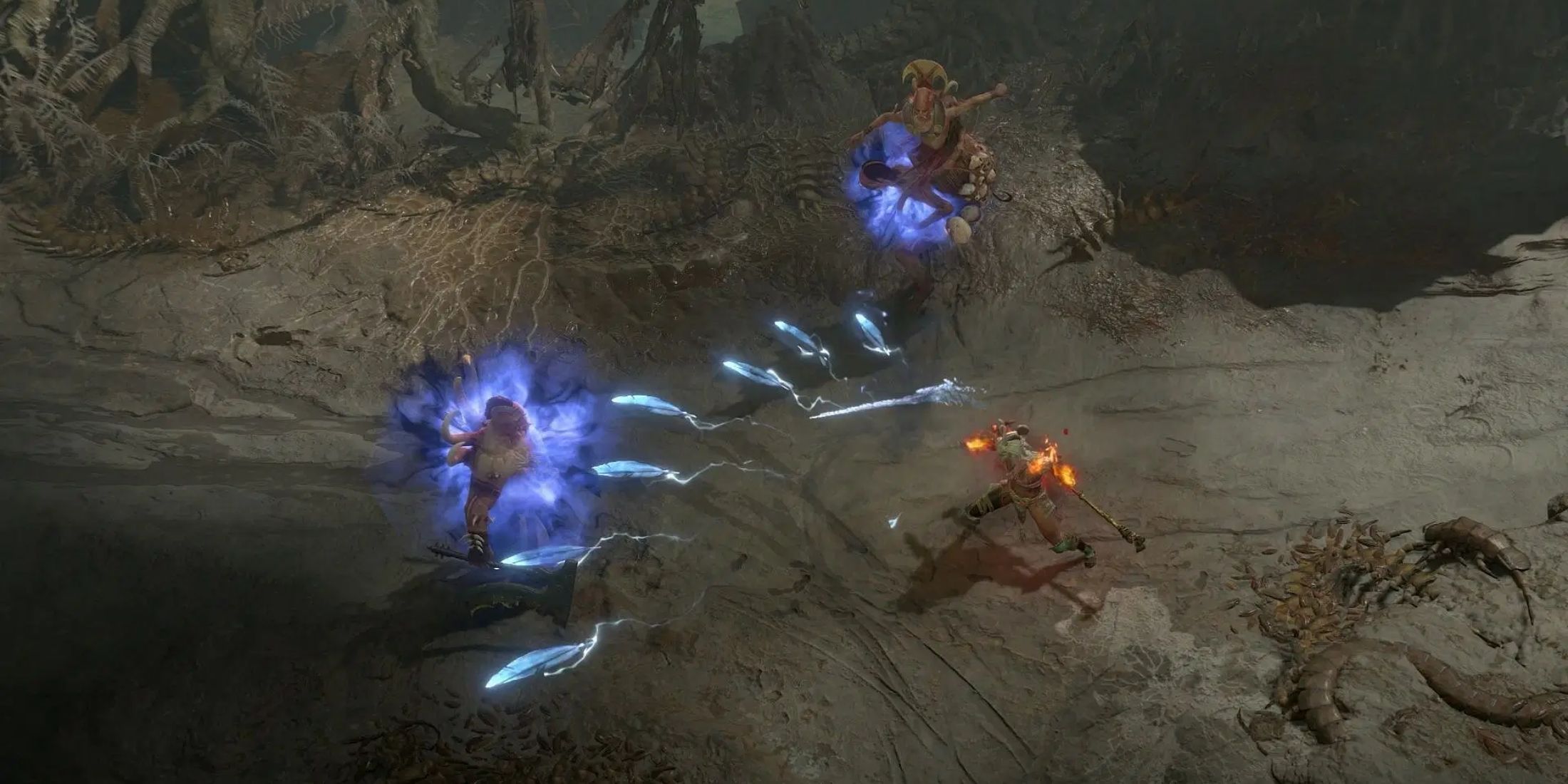

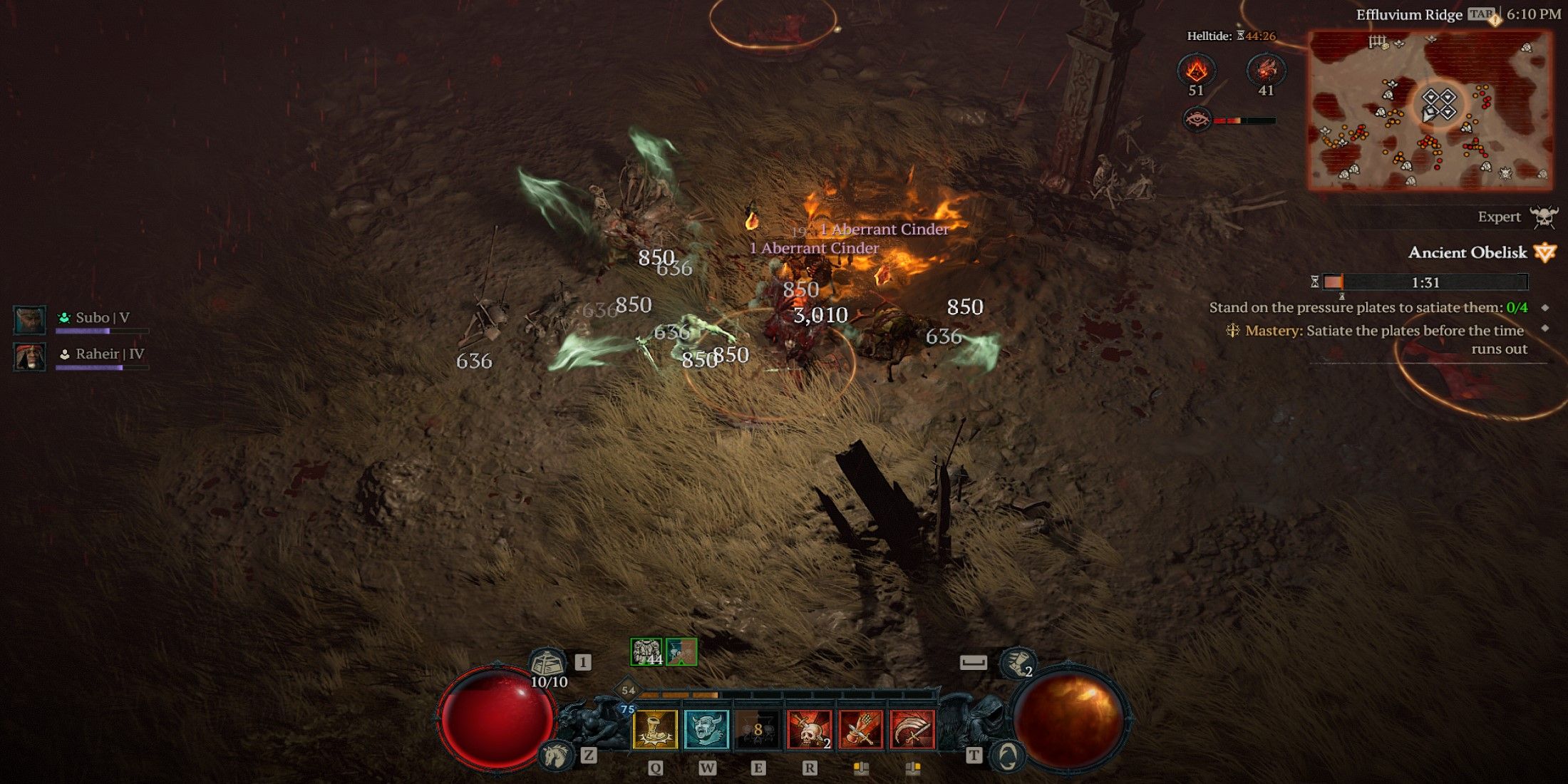
In the larger Activision Blizzard organization, Blizzard follows a practice of acknowledging every staff member’s contribution to their games. This is why the credits for Diablo 4 feature over 8,700 different professional roles, not all of whom worked on the game during its extensive development period. Given that Activision Blizzard consists of eight studios and more than 13,000 employees, it’s clear that the scale of their latest project in the Diablo series is truly expansive. This is due to its open-world design, persistent online functionality, regular seasonal updates, and robust post-release support, which includes the substantial Vessel of Hatred expansion.
To get a sense of the size of the team working on Diablo 4, think about Diablo 3, which came out in 2012 and had approximately 4,600 professional roles listed in its credits – similar to what Grand Theft Auto 5 had at that time. This indicates the game’s grand scale and lengthy development process. As the project expanded in scope and budget since work began as early as 2014, Diablo 4 now boasts one of the largest development teams in the gaming industry, matching even the most extensive projects from Ubisoft.
1. Call of Duty: Black Ops 6
Estimated Total Contributors: 5,000-9,000
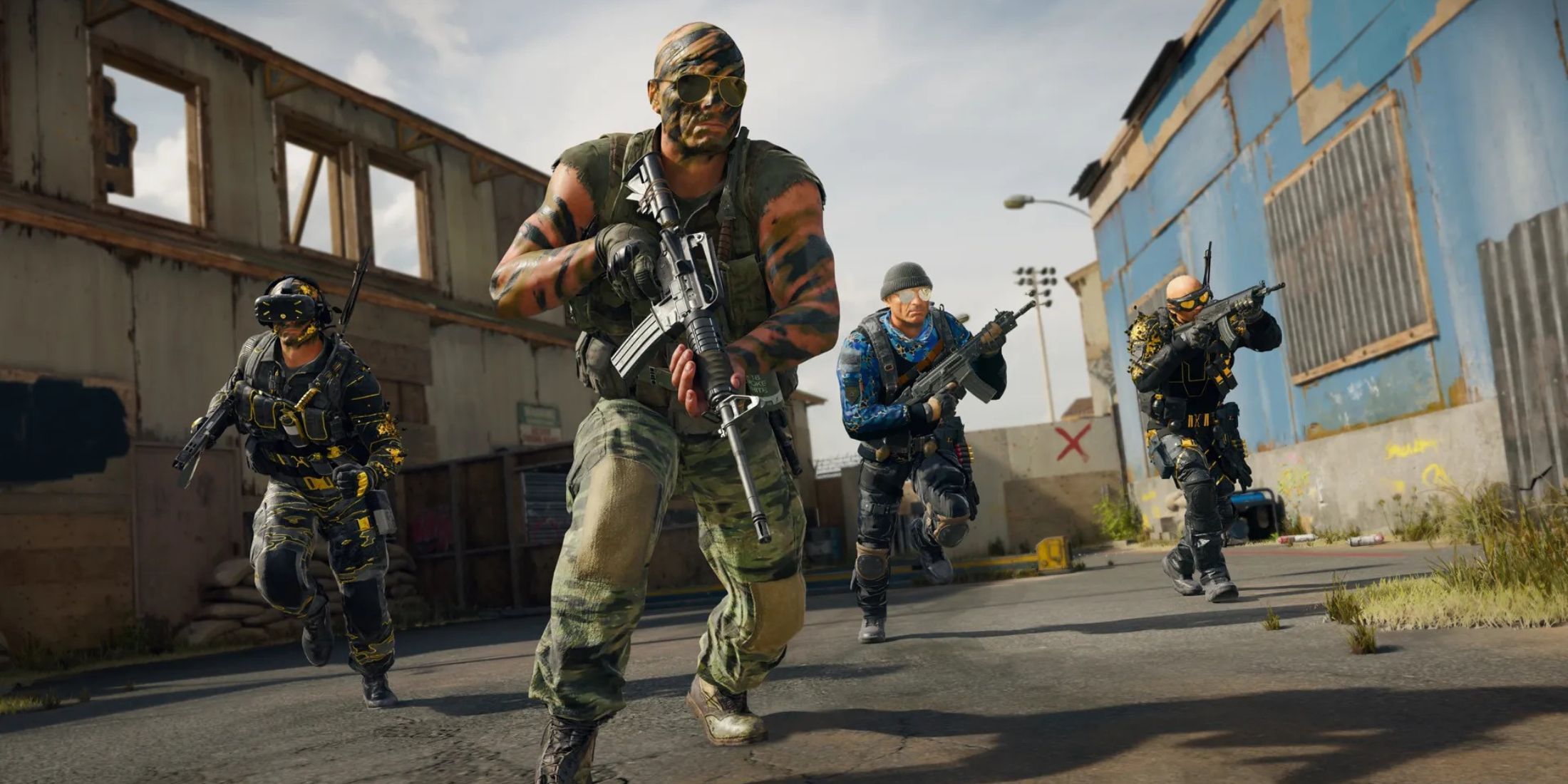
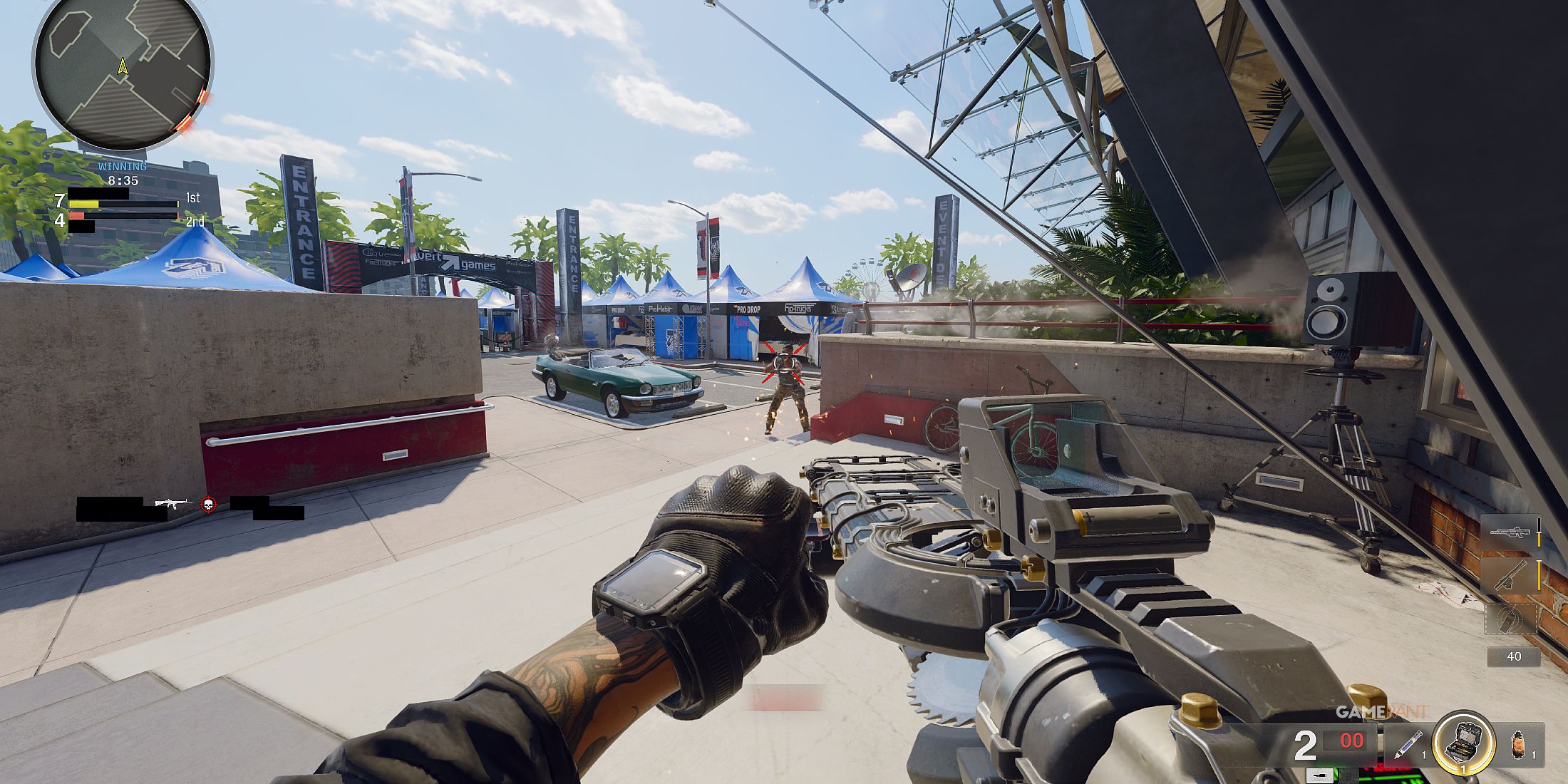
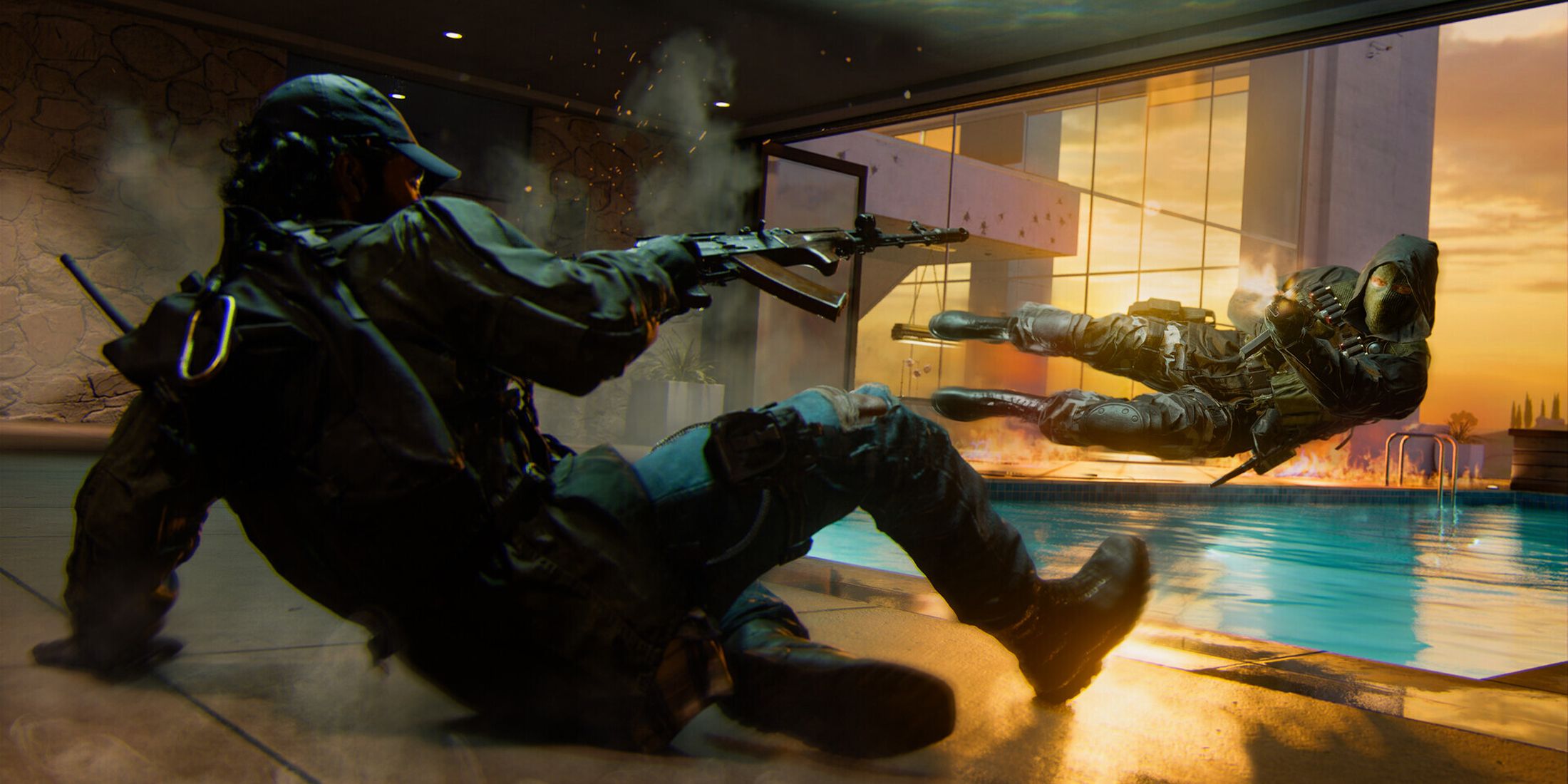

Over the years, the Call of Duty franchise has cemented its position as one of the biggest annual gaming hits, generating enormous sales and demanding equally significant budgets. The era when a single studio like Infinity Ward or Treyarch developed each major release on rotation is now past. Instead, most recent titles are extensive collaborations that involve multiple studios such as Infinity Ward, Treyarch, Raven Software, Sledgehammer Games, Beenox, High Moon Studios, and more.
Because Activision Blizzard has started giving credit to all its employees, which is a great move, it can be tough to figure out exactly how many individuals are directly responsible for each game’s production. For instance, before this policy, Call of Duty: Vanguard acknowledged 5,500 developers, whereas Call of Duty: Black Ops Cold War listed 4,900. However, the latest releases, such as Call of Duty: Black Ops 6 and Call of Duty: Modern Warfare 3, credit over 9,000 professionals each. This indicates that most recent Call of Duty games fall into the category of triple-A titles developed by some of the biggest teams in the gaming industry over the past five years.
Read More
- Byler Confirmed? Mike and Will’s Relationship in Stranger Things Season 5
- One-Way Quantum Streets: Superconducting Diodes Enable Directional Entanglement
- Best Job for Main Character in Octopath Traveler 0
- Quantum Circuits Reveal Hidden Connections to Gauge Theory
- Entangling Bosonic Qubits: A Step Towards Fault-Tolerant Quantum Computation
- Upload Labs: Beginner Tips & Tricks
- All Exploration Challenges & Rewards in Battlefield 6 Redsec
- How to Get to Serenity Island in Infinity Nikki
- Star Wars: Zero Company – The Clone Wars Strategy Game You Didn’t Know You Needed
- Hearthstone: 8 Most Overpowered Cards Of All Time, Ranked
2025-04-24 06:55
